Recently, we enjoyed a short break in Wroclaw and, wow, what a city! Situated on the Oder River in western Poland, it boasts, among other attractions, a fab Market Square edged by elegant, colourful townhouses, restaurants and cafes, the country’s second oldest botanical garden and myriad bridges. In fact, with over 100 bridges it’s no wonder Wroclaw is nicknamed “The Venice of Poland”.
But one really surprising aspect of the city which we regard as a key attraction is the number of quirky sculptures dotted around the streets, including hundreds of bronze gnomes, the first of which appeared around 2001.
In fact, it’s worth visiting Wroclaw just to see the sculptures. Here are some of our favourites…
Giant Chair
The idea for this enormous concrete chair was first mooted over four decades ago by a Polish artist and theatre director, Tadeusz Kantor, but it wasn’t until 2011 that it was unveiled. It’s not surprising, therefore, that even Kantor thought the chances of turning his dream into reality were slim, hence why he referred to the project as “The Impossible Sculpture”. Measuring over 30 feet high, this oversized garden chair weighs eight tons.
Location: Found on a patch of land between the roads ul.Rzeznicza and ul. Nowy Swiat.
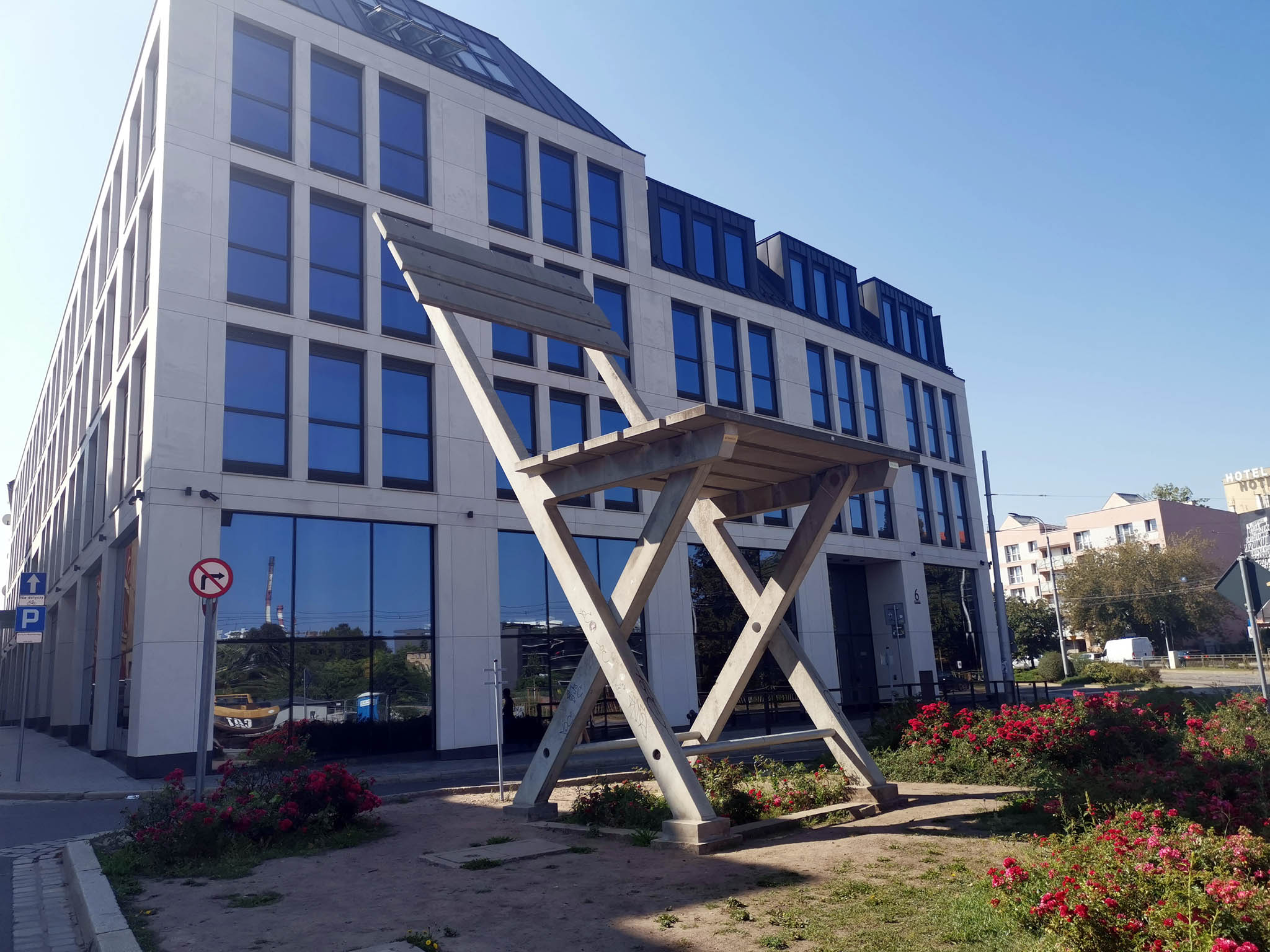
The Nave
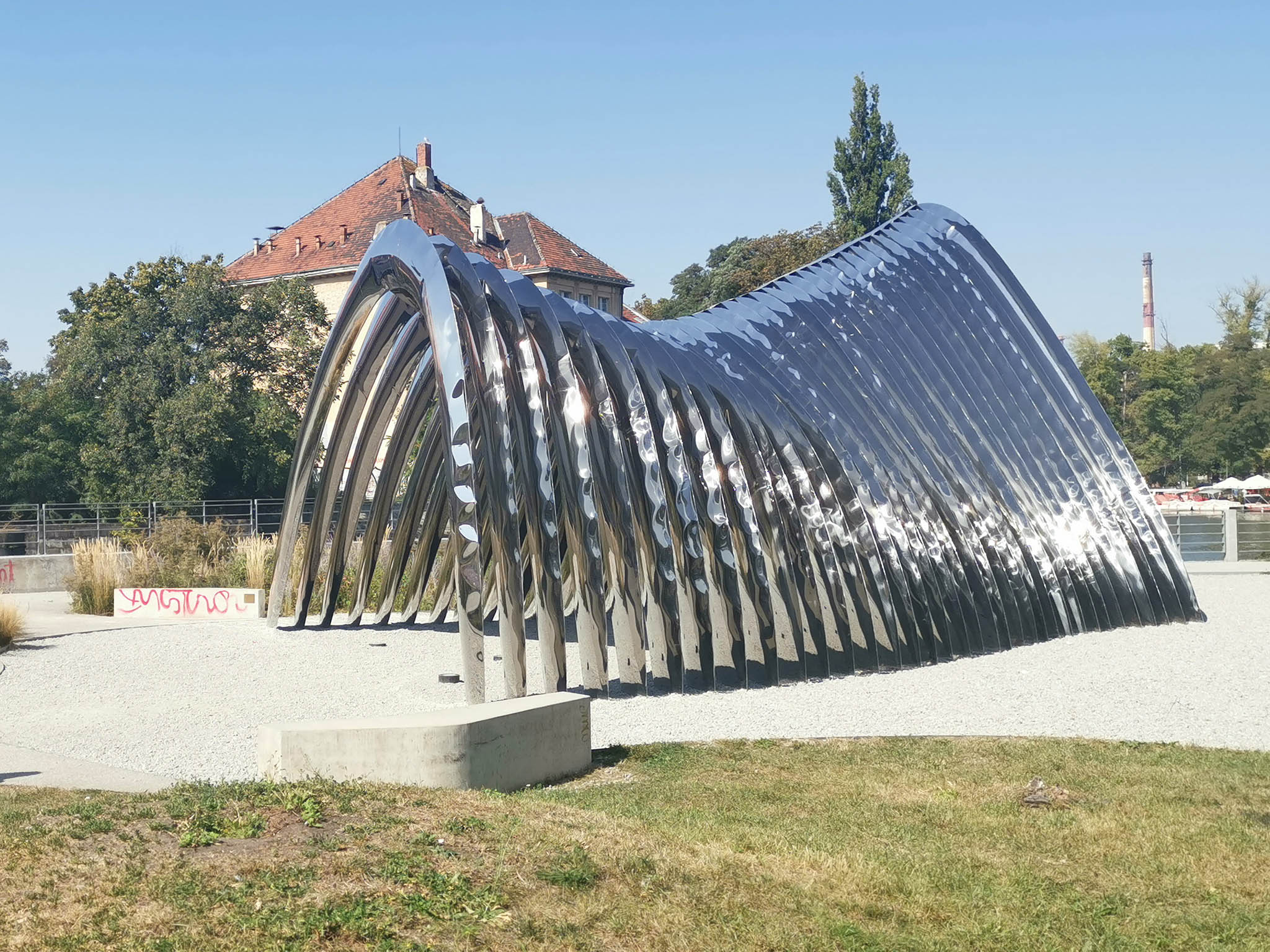
This intriguing metal sculpture found on Wroclaw’s smallest island dates back to 2017. Around 20 feet high and 50 long, its structure is inflated using compressed air and the overall impression is striking. The brainchild of artist, Oskar Zieta, its design is, apparently, influenced by the architecture of nearby St Mary’s Church and Hala Targowa.
Location: On a small island west of Most Piaskowy (north side).
The Hand
This curious sculpture is easily missed so keep your eyes peeled. It’s basically a concrete hand reaching out from between the stones as you reach the end of University Bridge. Actually, it’s rather creepy which is quite apt because Wroclaw is, apparently, among Poland’s most haunted cities. Who knows, perhaps the hand is linked to one of the countless ghost stories originating from this city? The fact its artist is unknown adds to the mystery!
Location: University Bridge (north side).
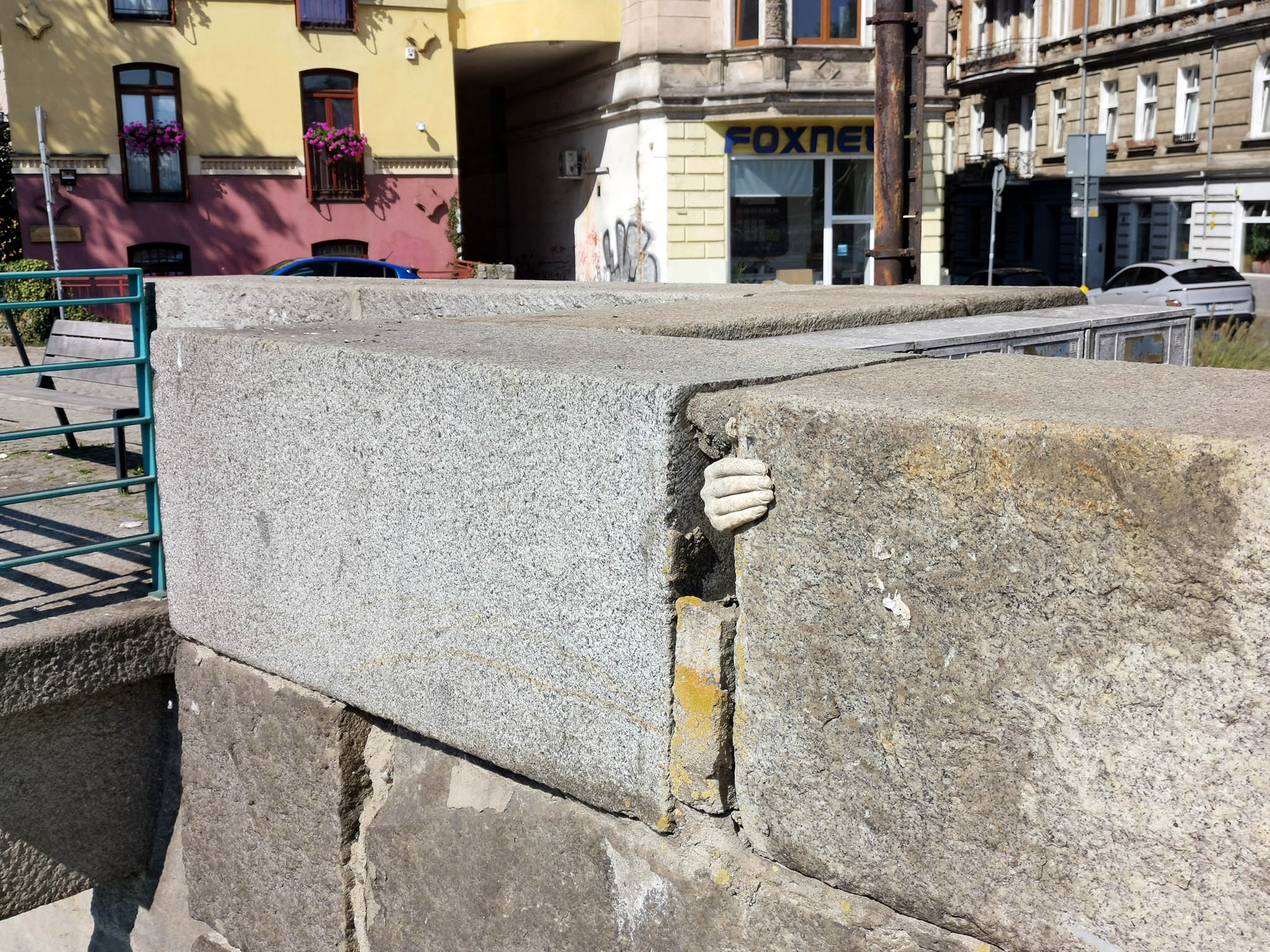
Waiting Sculture
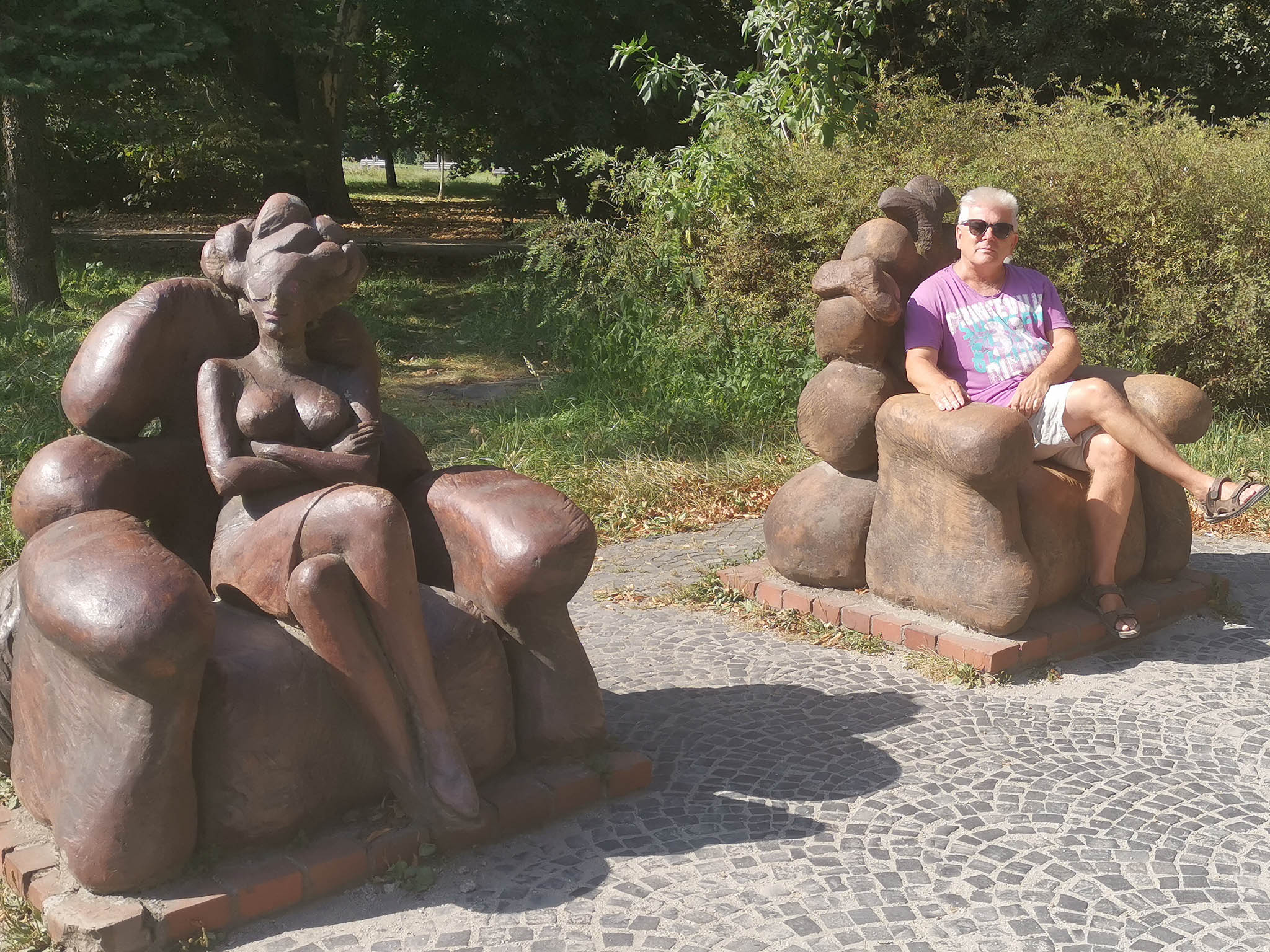
Across the road from the National Museum you’ll find two large ceramic chairs. One is empty while the other taken by a female statue, looking away from the empty chair alongside her. Designed by local artists, Anna Malicka and Ryszard Zamorski, it was placed here in 1980 and the ways the chairs are arranged, tourists and locals alike are invited to rest next to the impatient woman.
Location: Slowackiego Park, opposite The National Museum
The Passage
Jerzy Kalina’s fascinating sculpture is a favourite of our team here at Travellowdown. Its political influences are most evident in its representation of a dark era in the country’s history: when martial law was present in communist Poland during the 1980s. Here, 14 figures gradually disappear into the pavement on one side of the street, only to re-emerge on the other. Installed in 2005, these bronze statues are often referred to as a memorial to the people murdered or who went missing throughout this difficult period.
Location: At the junction of Swidnicka Street and Pilsudskiego Street
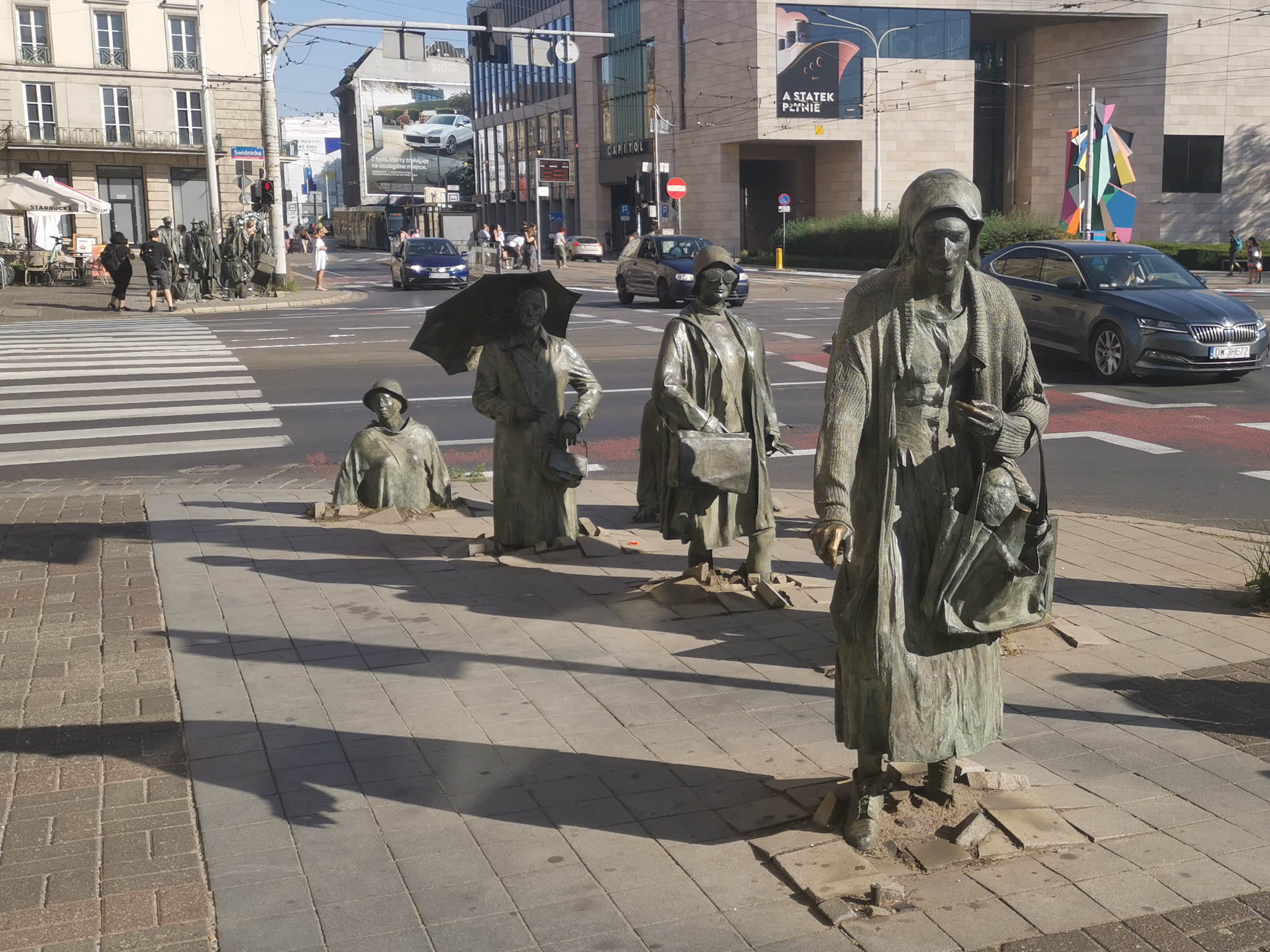
The Train to Heaven
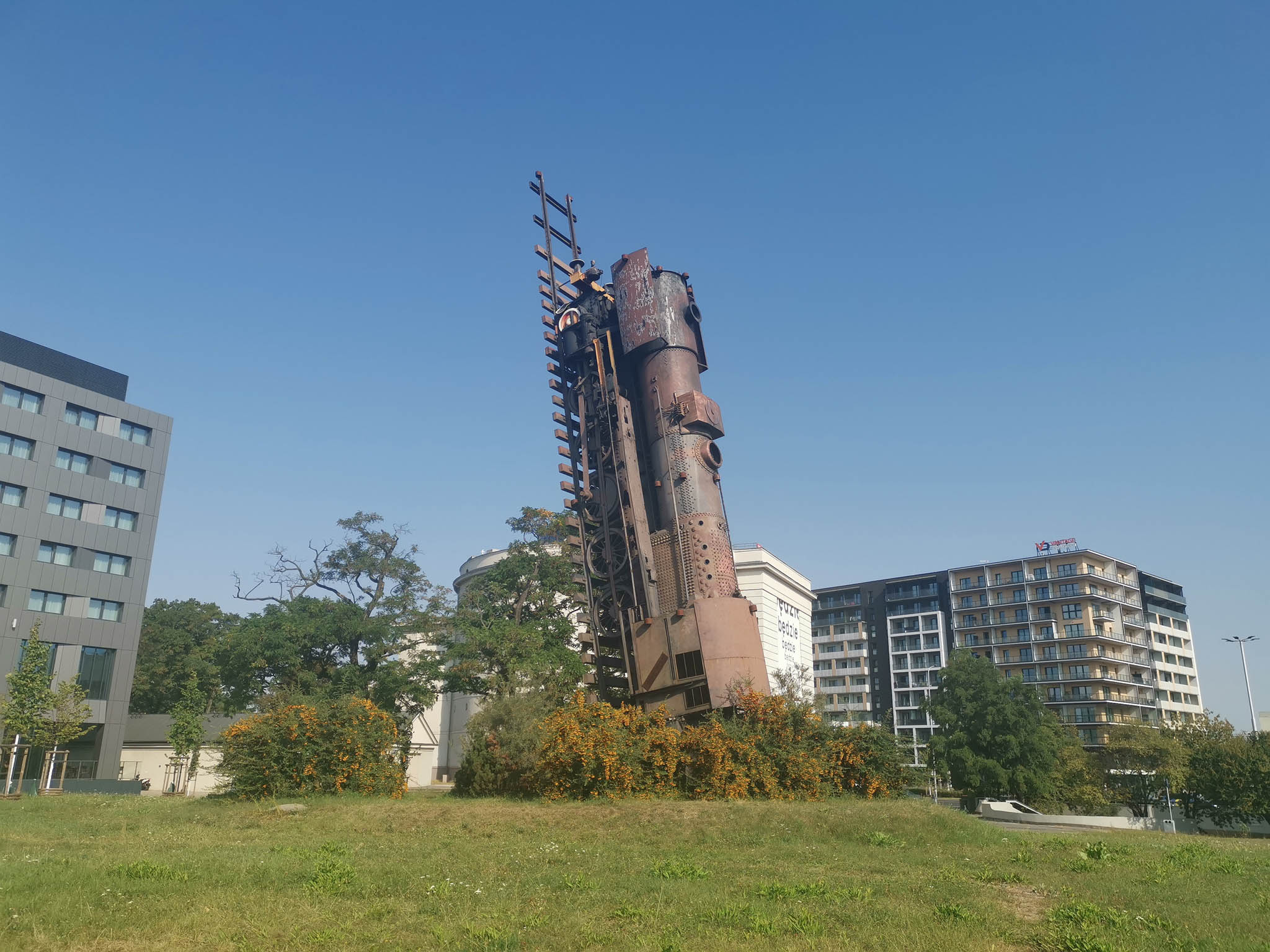
Since 2010, this 90-ton steam locomotive has been sited on a small grassy square. Reaching 70 feet into the air, it’s allegedly the country’s largest public artwork. After being pensioned off after years of service, the engine remained in a local museum, largely forgotten, until rescued by an artist who erected it in the square.
Location: Plac Strzegomski
[Visited: Sept 2024]

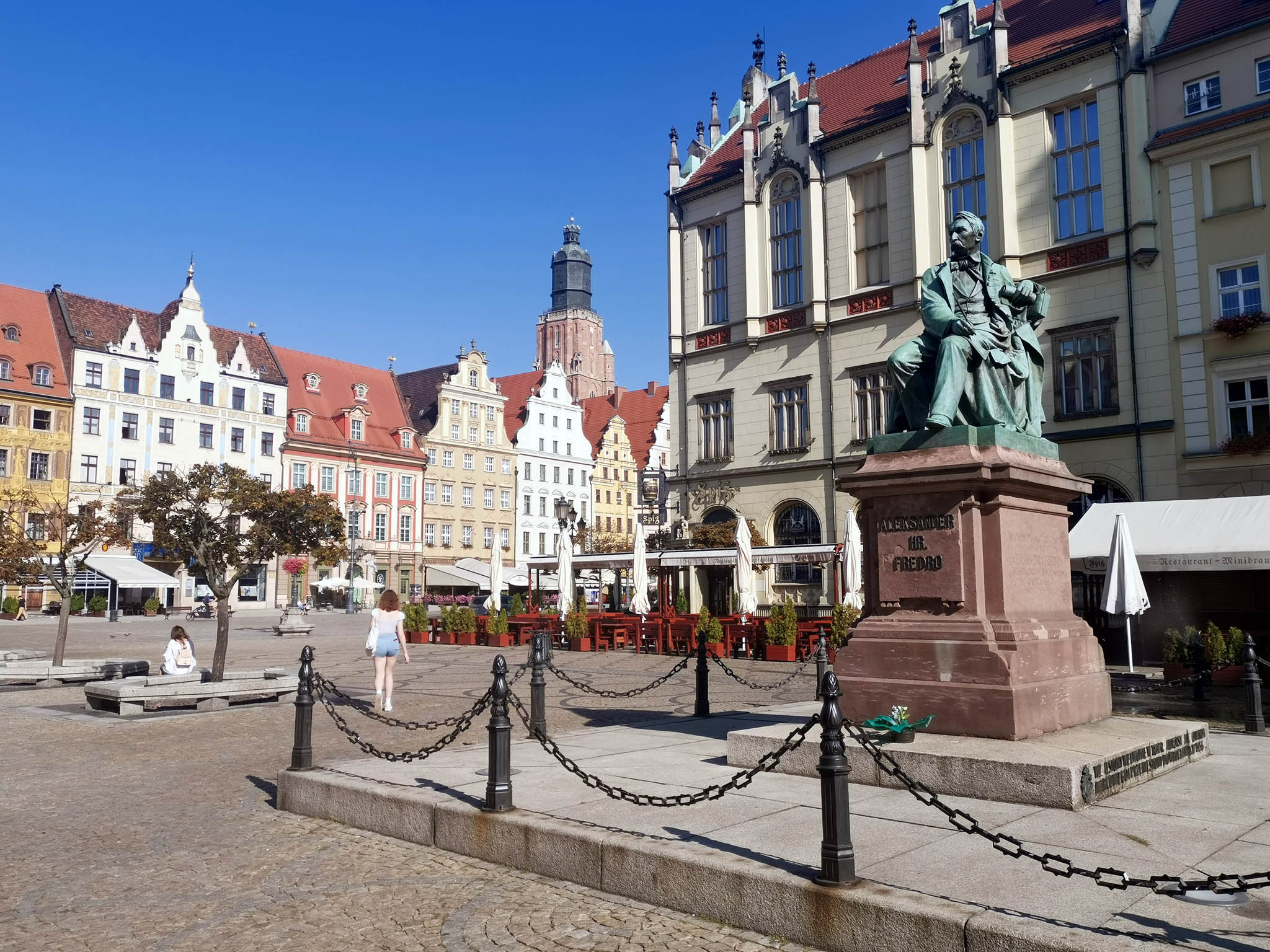
Leave A Comment